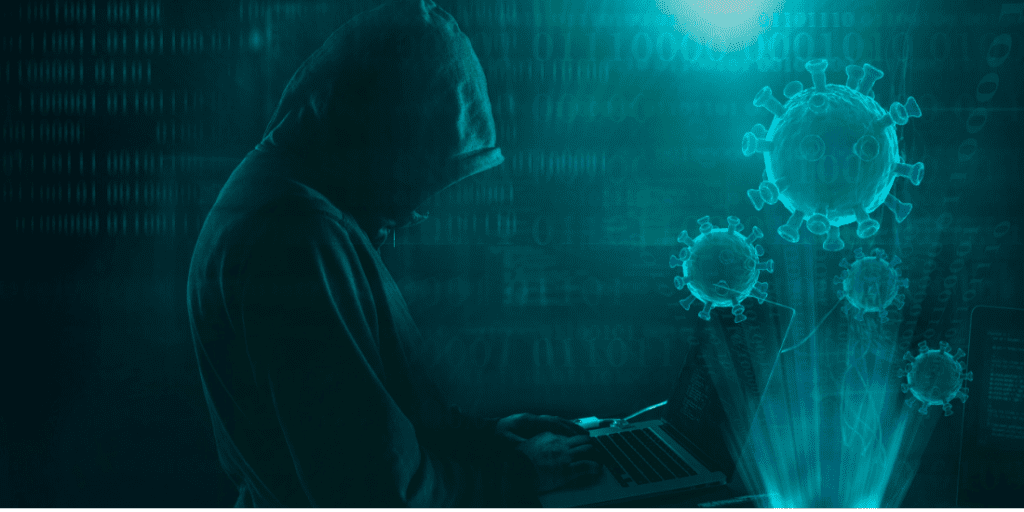The digital transformation processes in companies are already unstoppable, but if an adequate security strategy is not part of them, it will be risky. It is necessary to protect against continuous and sophisticated cyberattacks whose execution, now, it is possible to hire. Read on to find out what CaaS is, Cybercrime as a Service, and the main cybersecurity threat for 2023.
Of all the existing cyber threats, ransomware cyberattacks are the ones that have made more and more organizations understand investment in cybersecurity as a basic pillar, not only for the IT department but also for the business itself.
Specifically, the so-called CEO Fraud ( Whaling attack) is the most feared. The dynamics in all cases are usually the same, theft of credentials to deceive company users who ‘tamely’ make available to the hacker on duty, who pretends to be the stolen identity, critical bank information, or direct juicy transfers.
WHAT DOES CAAS MEAN CYBERCRIME AS A SERVICE:
Ransomware cases in 2022 have been on the rise, and that’s because stolen credentials and other data are for sale on the Dark Web, virtually wholesale. Cybercriminals now market themselves with tools and capabilities previously only available to the most advanced cyber criminals.
In this way, the Cybercrime as a Service model is being increasingly consolidated. In a type of criminal transaction that is expected to increase in 2023, in which it is possible to obtain turnkey offers to launch cyberattacks without having to invest time and resources.
This market of cyberattacks is spurring actions to steal identities that allow access to company systems, either to obtain critical data with which to blackmail or to be able to block IT resources and key services for the normal development of business.
PROTECTION SOLUTIONS FOR NETWORKS, ENDPOINTS, AND CLOUD
The downside is that the level of sophistication of cyber threats is getting higher and higher. They are no longer limited to attacking traditional corporate network perimeters but transcend to what is outside of it.
They feed on previous espionage, collecting all kinds of information that allows them to overcome the detection and control barriers that are established.
Given this scenario, it is essential to update the existing security solutions in the company to deploy a comprehensive cybersecurity platform that acts on networks, endpoints, and the cloud.
It is essential that it be supported by artificial intelligence (AI) and automatic learning (ML, Machine Learning) technology capable of detecting and analyzing behaviors, in order to launch automated detection and response actions in real-time in the event of any suspicious event.
Having a comprehensive cybersecurity plan is essential to deal with one of the main cyber threats by 2023, which various reports predict could be highly harmful.
It is about the Wiper disk erasure malware, which has caused so much trouble in 2022, with ransomware tactics. In this scenario, the use of AI sandboxing solutions can be decisive to avoid a fatal infection.
ROADMAP TO PREVENT CYBERATTACKS:
When offering defense recommendations, always start by remembering how important user education is as the first critical barrier. Educating them on the safe use of their devices and Internet access is essential.
At the same time, at the IT management level, it is essential to review whether the following points are being applied:
- Deploy advanced and always up-to-date antivirus solutions, with special attention to firewalls and gateways.
- Properly configure the security features of the devices and keep updates and firmware up to date.
- Use the latest versions of Internet browsers as they increasingly incorporate more filters to block suspicious sites.
- Limit user access rights to applications, services, and systems to reduce risk situations.
- Having a unified endpoint management solution makes it as easy as possible to supervise and monitor the devices that participate in the day-to-day operations of a company and access the corporate network. With these advanced cybersecurity products, you get a unique view of the lifecycle of devices, operating systems, applications, and data ( UEM, Unified Endpoint Management ).
Updating the corporate IT infrastructure and continuously monitoring it is essential to avoid vulnerabilities in business systems that become security breaches that cybercriminals take advantage of to steal all kinds of data and introduce their cyberattacks.
Obviously, given such a level of sophistication, it is increasingly difficult for organizations to take responsibility for their own security. For this reason, more and more are choosing to contract cybersecurity services for monitoring, detection, and 24/7 response to cyberattacks.


